(Magny en Véxins 1651 - Paris 1717)
Portrait of a couple
Oil on original oval canvas
H. 115 cm; L. 90 cm (140 x 115 cm with frame)
Around 1695
Jean-Baptiste Santerre began his apprenticeship in 1673, under the direction of the portraitist François Lemaire, nephew of Jean Lemaire-Poussin, before entering the Bon Boulogne studio , where he meets young French artists such as Jean Raoux, Nicolas Bertin, or Robert Levrac-Tournières. Very quickly, his style emerged from the Italianate influence of his master and turned towards the study of Nordic artists, Dou, Mieris, Rembrandt and especially Van Dyck, whose models he admired for their elegance and the richness of their draped. A mention of Mercury also testifies to his attachment to the study of nature and his interest in anatomy. Few traces remain of Jean-Baptiste Santerre's activity before 1698, when he was admitted to the Royal Academy. His reputation as a portrait painter was no doubt already well established by this date, since around 1699 he produced the portraits of Boileau and Racine, which testify to his fame in Parisian artistic cultural circles. The daughter of the Prince of Condé, the Duchess of Burgundy, as well as the Regent will also be part of his models. Nevertheless, Jean-Baptiste Santerre was never considered a rival by the great portrait painters of his time, Nicolas de Largillierre, Hyacinthe Rigaud or François de Troy, and it was mainly to his fantasy figures that he owed his fame.
Our formidable double portrait must have had a turbulent history. Still displayed on its original canvas and stretcher, this large format saw the names of two characters added to its composition, certainly around 1800/1810. At that time a frame from the Empire period framed it, and these names were added by descendants who paid little attention to the details of the story and the faces of their ancestors. The marriage of the two people whose names are inscribed dates back to 1755, that is to say about sixty years after the creation of our painting. Let us therefore forget the inscribed names, which are now part of the history of the work but with which they may have no genealogical connection. Characteristic of Santerre by the soft and rosy faces, by the draperies with unnatural breaks, by the postures, this double portrait is composed as two distinct portraits. The first is that of the man, seated at his work table, and the second is that of Madame, as if juxtaposed in the background. The man's red collar and bow are reminiscent of those worn during the reign of Louis XIV, contrasting with his loose, graying hair, totally out of fashion at the time.

















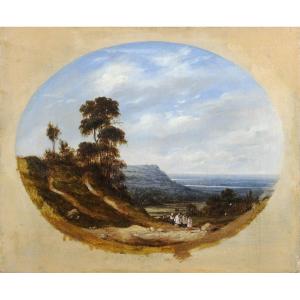
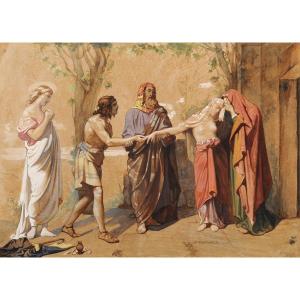

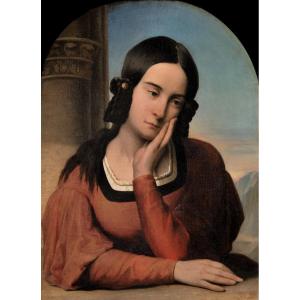


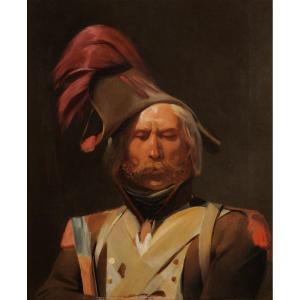

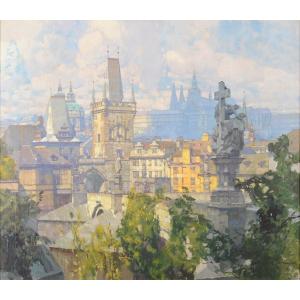
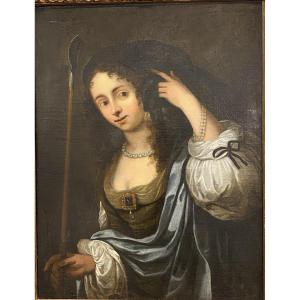



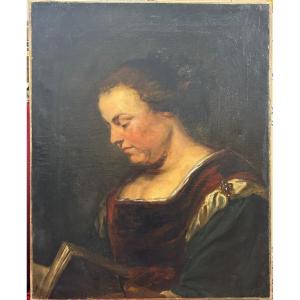



 Le Magazine de PROANTIC
Le Magazine de PROANTIC TRÉSORS Magazine
TRÉSORS Magazine Rivista Artiquariato
Rivista Artiquariato